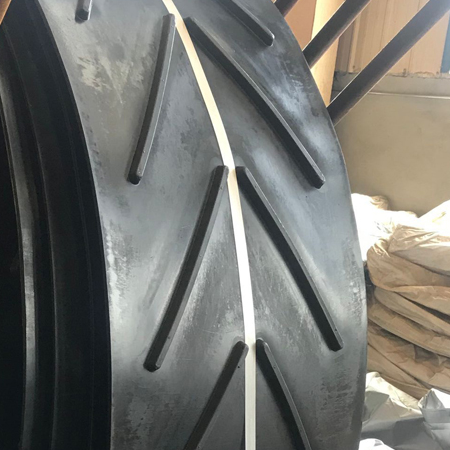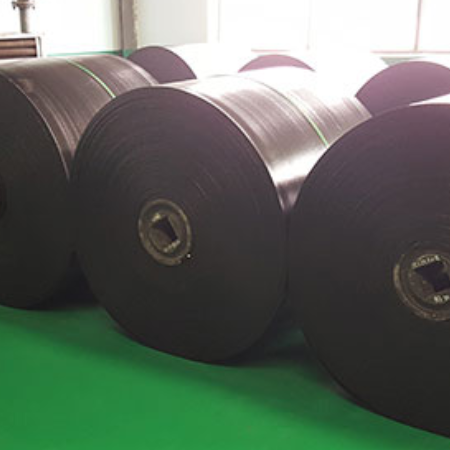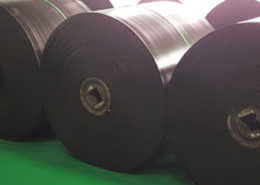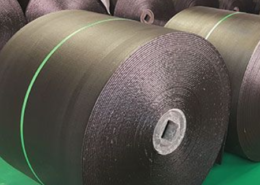Flame Retardant Conveyor Belt
Flame retardant conveyor belt (PVG Solid Woven Conveyor Belts )is mainly used in coal mines. Its strip body does not delaminate, small elongation, impact resistance, tear resistance. According to the different structure, can be divided into PVC type (plastic surface), PVG type (on the basis of PVC with rubber surface) whole core flame retardant belt, the implementation of MT914-2002 standard.
This conveyor belt is suitable for conveying wet materials with water angle below 20 degrees. PVC flame retardant conveyor belt is suitable for conveying materials under dry conditions with inclination angle below 16 degrees. Passed flame retardant test and electrostatic test and other tests, and obtained the coal safety certification mark and customer recognition. Adopts the whole belt core as the bone frame material, which is made of plasticized PVC material with excellent antistatic and flame retardant properties after impregnation and coating.
Service Life
Service life of the belt body is determined by the following factors. It is made of warp and weft filament and covered cotton and woven into a dense belt core. Dip special formula of PVC material to make the core and cover glue between the high bonding strength; Specially formulated capping glue; So that the belt body impact resistance, tear resistance, wear resistance.
Joint Performance
According to the belt body strength and core structure, the use of mechanical buckle connection, the strength of the knot can reach 50%-90% of the rated tensile strength of the belt body; Using vulcanized joint, the joint strength can reach 60%-90% of the rated tensile strength of the belt body. Various forms of joint can meet the different needs of customers, to ensure the safe and efficient operation of the system.
Flame Retardant Performance
Roller friction: roller surface temperature is not more than 325 ℃.
Blowtorch combustion: the average flame time of full-thickness specimens is not more than 3.0s, and the average time of removing cover is not more than 5.0s.
Propane combustion: nondestructive length greater than 250mm.
Surface resistance: the average value of the top and bottom is not greater than 3.0 x 10.
Natural rubber and styrene butadiene rubber are inflammable, so flame retardants must be added to achieve the purpose of flame retardant. Antimony trioxide, chlorinated paraffin, zinc borate and aluminum hydroxide are used in the adhesive and flame retardant system of PVG conveyor belt.
Antimony trioxide: flame retardant, no flame retardant effect when used alone, but shows strong flame retardant effect when used with chlorine compounds. During combustion, antimony trioxide reacts with chlorinated compounds on the combustible surface layer to form volatile antimony chloride and antimony chloride oxide. Their volatilization absorbs heat and produces gases that isolate oxygen and dilute combustibles.
Chlorinated paraffin: flame retardant, high temperature decomposition of chlorinated paraffin produce chlorine atom, chlorine atom reaction with polymer (rubber, nylon, canvas, etc.) to generate hydrogen chloride and hydrochloric acid with highly active hydroxyl free radicals or hydrogen reaction generated hydrogen gas or water, to interrupt the chain oxidation process, and make slow combustion, and stop, by adding flame retardants and carbon black as to meet the requirement of flame retardant.
Specifications
| Specification | Tensile Strength(Minimum) | Recommended cover thickness | |
| Vertical (N/mm) | Weft (N/mm) | ||
| 680S | 680 | 265 | 1.5+1.5 |
| 800S | 800 | 280 | 1.5+1.5 |
| 1000S | 1000 | 300 | 1.5+1.5≥1.5~≤3.0mm |
| 1250S | 1250 | 350 | 1.5+1.5≥1.5~≤3.0mm |
| 1400S | 1400 | 350 | 1.5+1.5≥1.5~≤3.0mm |
| 1600S | 1600 | 400 | 1.5+1.5≥1.5~≤3.0mm |
| 1800S | 1800 | 400 | 1.5+1.5≥1.5~≤3.0mm |
| 2000S | 2000 | 400 | 1.5+1.5≥1.5~≤3.0mm |
| 2240S | 2240 | 450 | 1.5+1.5≥1.5~≤3.0mm |
| 2500S | 2500 | 450 | According to customer’s requirements |
Related Products
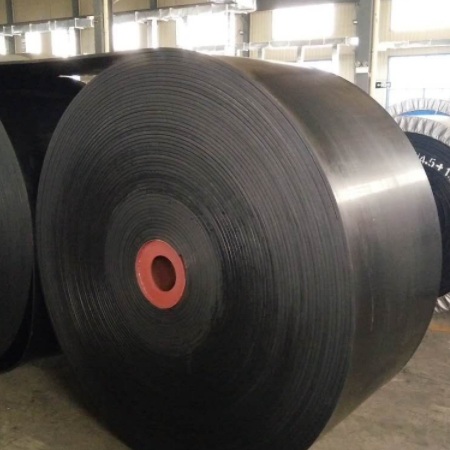
Multi Ply Rubber Conveyor Belt
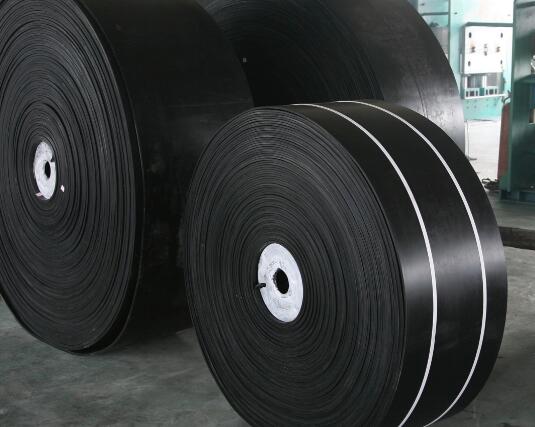
Nylon conveyor belt
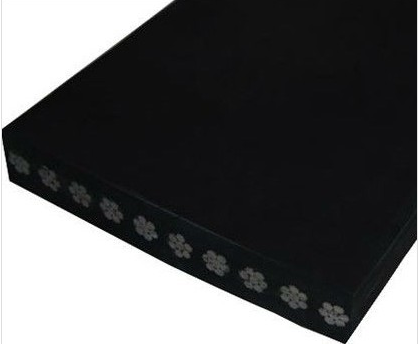
Flame-retardant conveyor belt of steel wire rope core for coal mine
